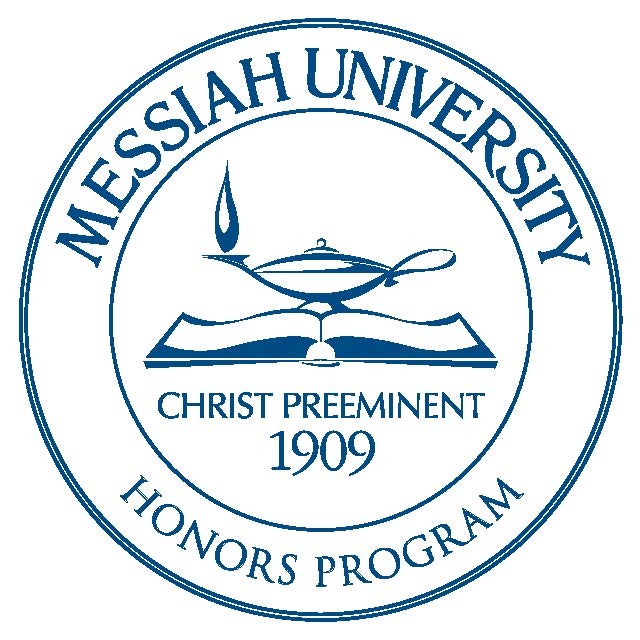Date of Award
2005
Document Type
Thesis
Degree Name
Bachelor of Arts (BA)
Department
History, Politics and International Relations
First Advisor
Dr. John Fea
Abstract
Industrial modernity's center & its margin Change of any sort in human life inspires two types of reaction. Those who react in one way support the change and help to carry it out, or at least do not stop it. Those who react in the other way are opposed, for whatever reason, to the change. Stated otherwise, for every change there is a "center" and a "margin." What I am calling "industrial modernity" in America, as has been broadly manifested in both the physical and technological changes of the Industrial Revolution and in the socio-cultural changes of the modem era, is the change with which I am concerned at present. Industrial modernity's "center" is those people, organizations and structures that support and sustain it. But in this paper I will describe a "margin" that modernity has created. 1 This margin is comprised of those who are/have been discontented with the growth of capitalism, mechanization and materialism. Two groups of people live in this margin, one predominantly in the city and the other predominantly in the country. The former are most often members of the middle class, have followed the industrial prescription for living, have "succeeded" in economic terms, and have, in the end, felt unsatisfied with what their lives looked like. The latter are most often farmers who have found their ways of life, their communities and traditions were being threatened by Industrialism's expansion.
Recommended Citation
Tillman, Nathan Wil, "The new democratic conspiracy : or the agrarians' and simple livers' benevolent amtition to take over the world, being an examination of the philosophies and literature of the Agrarianism and Simplicity traditions" (2005). Honors Projects and Presentations: Undergraduate. 377.
https://mosaic.messiah.edu/honors/377



Comments
Approved for Honors in the Department of History, Messiah College, 2005.